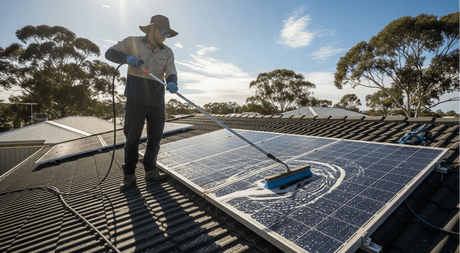If you believe solar power grinds to a halt the moment a cloud appears, we’ve got great news for you: that's one of the biggest myths about solar power.
Do solar panels need direct sunlight to work? The simple answer is no. While solar panels love a clear blue sky, modern technology allows them to use the general daylight all around us. So whether it's an overcast afternoon, drizzling rain, or you're parked under a tree, your panels can still produce energy.
So, what is the difference between direct and indirect sunlight, and how does it affect the power your solar panels can produce? Understanding this is essential for getting the most out of your solar system. Let us break it out in simple terms.
Do Solar Panels Need Direct Sunlight?
At their core, solar panels work through the photovoltaic effect. Simply put, they convert photons (light particles) from the sun into electricity. The key thing to remember is that they run on light, not heat. This is why a cool, bright day can be just as efficient as a hot one, and why panels still function when the sun isn't directly overhead.
Direct Sunlight vs. Indirect Sunlight
- Direct Sunlight: This is the ideal. The sun's rays hit your panels straight on. Your solar panels operate at their maximum efficiency, producing 100% of their potential power. It's like turning on a tap all the way.
- Indirect Sunlight: This is the light on cloudy days or in shaded spots. The sunlight is diffused or reflected, so its strength is more gentle and spread out. While your panels receive fewer rays, they absolutely keep working. The flow of energy is less like a powerful tap and more like a steady, reliable stream. Even under cloud cover, high-quality panels can still generate 10-25% of their usual power. It's enough to keep essential appliances running, proving you don't need perfect sunshine to benefit from solar energy.
Solar Panel Performance in Different Conditions
A common concern for potential solar owners is how their system will perform when the weather isn't perfect. The good news is that solar panels are more resilient than you might think. Here's a breakdown of how they handle various conditions.
Do Solar Panels Work In the Shade?
Yes, but with a significant impact on output. Shade from trees, chimneys, or other obstructions is one of the biggest challenges for solar panels. When a cell is shaded, it acts as a resistor, dramatically reducing the energy production of the entire panel string.
Do Solar Panels Work on Cloudy Days?
Absolutely. Solar panels do work on cloudy days, though at a reduced capacity. Instead of direct sunlight, they utilize diffuse sunlight, the light that scatters through the clouds. While they won't produce their maximum rated power, high-efficiency panels can still generate between 10% to 25% of their normal output. This is often sufficient to power essential home appliances or keep an RV's batteries charging.
Do Solar Panels Work In the Rain?
Yes, they do. Rain itself does not stop solar energy production. While heavy cloud cover associated with rain will lower productivity, panels continue to generate electricity from the diffuse light. An often-overlooked benefit of rain is that it serves as a natural cleaning system, washing away dust, pollen, and bird droppings that accumulate on the panels and block sunlight. This can lead to a boost in efficiency once the rain clears and the skies brighten.

Do Solar Panels Work in Snow?
Solar panels can work in snow. Surprisingly, they often operate very efficiently in cold, sunny conditions. They convert light, not heat, and actually perform better in colder temperatures. A light dusting of snow might not be a problem as it can often slide off tilted panels. Even a heavy covering will temporarily halt production, but it also protects the panels. The reflective properties of snow can even enhance performance on clear days after a snowfall by reflecting additional sunlight onto the panels.
In summary, while direct sunlight is ideal, solar technology is designed to harvest energy in a wide range of real-world conditions, making it a reliable energy source year-round.
Meet the Solution: Renogy Shadowflux Solar Panels
For a long time, shade was a solar panel's biggest weakness. But what if you could use a panel that not only handles shade but perform better in it?
That's the breakthrough behind the Renogy Shadowflux solar panel. Using brand new anti-shading technology, it's designed to turn shady conditions into reliable power. It's perfect for Australian homes and adventures where the sun isn't always direct.
How the Shadowflux Conquers Shade:
- Advanced Anti-Shading Technology: These high-efficiency cells a wider range of sunlight, including the blue light more prevalent on cloudy days and in shaded environments. This means you get more power from the same amount of indirect light than you would with regular panels.
- Innovative Bypass Diode Technology: Traditional panels can see their output crippled by a single shadow. The Shadowflux features a superior bypass system that minimises power loss when shading occurs, ensuring the rest of the panel continues to operate at near-maximum capacity.
- Durability for the Aussie Lifestyle: We built the Shadowflux to last. Its tough, rust-resistant frame and anti-reflective glass are made to handle intense Aussie sun, salty coastal air, and the bumps and vibrations of life on the road.

How to Maximise Your Solar Energy in Australia
1. Choose the Right Panel: Start with technology designed for the job, like the Renogy Shadowflux. Its inherent design tackles the core issue of variable light.
2. Consider Your System Setup: Pairing your panels with a MPPT (Maximum Power Point Tracking) charge controller, rather than a cheaper PWM model, can squeeze up to 30% more power from them, especially in non-ideal conditions.
3. Angle and Placement: For homeowners, a professional installer will optimise the angle. For RVers, consider portable panels you can move to chase the sun throughout the day.
4. Keep Them Clean: A quick wipe-down to remove dust, bird droppings, and leaves can make a significant difference in efficiency.
Conclusion
So, do solar panels need direct sunlight in Australia? The old belief that they require blazing sun is outdated. Modern technology, like the Renogy Shadowflux, now allows you to efficiently harness the sun's power from dawn to dusk, even through light cloud cover or in partial shade.
That means whether you're a homeowner hoping to slash your energy bills or an RVer chasing true off-grid freedom, you don't need perfect weather. You just need the right panel.
Ready to make the most of every ray? Explore the Renogy Shadowflux series and discover how you can generate clean, reliable energy anywhere in Australia.

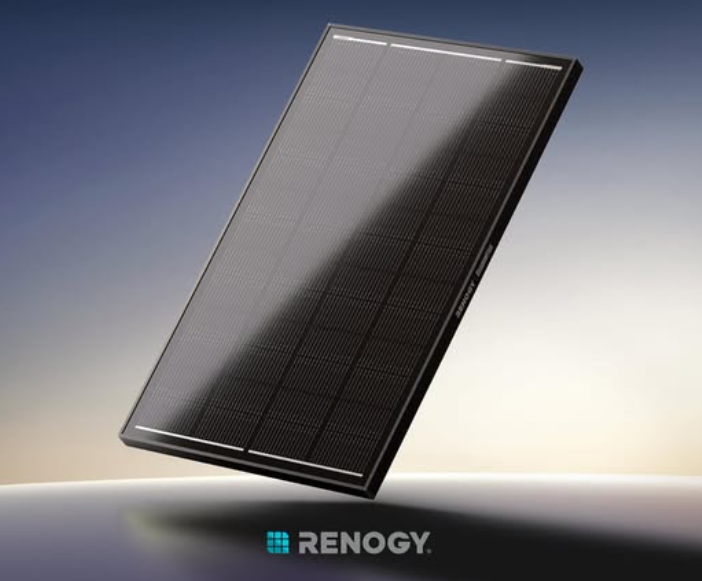

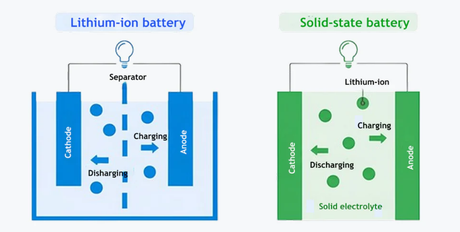
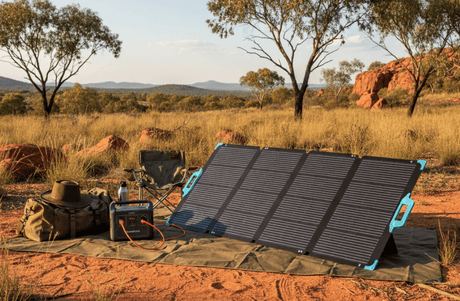
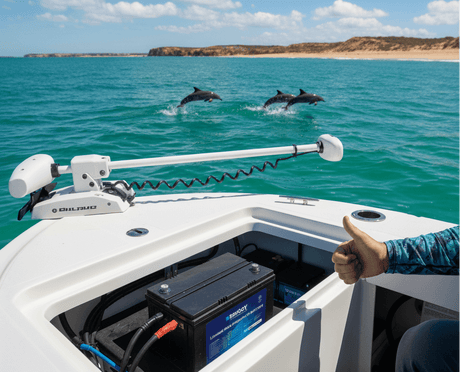
![What Is a DC to DC Battery Charger [Comprehensive Guide]](http://au.renogy.com/cdn/shop/articles/IMG_3829_bd86de74-31d6-49fd-b9d5-265bb723091d.jpg?v=1757582605&width=460)
